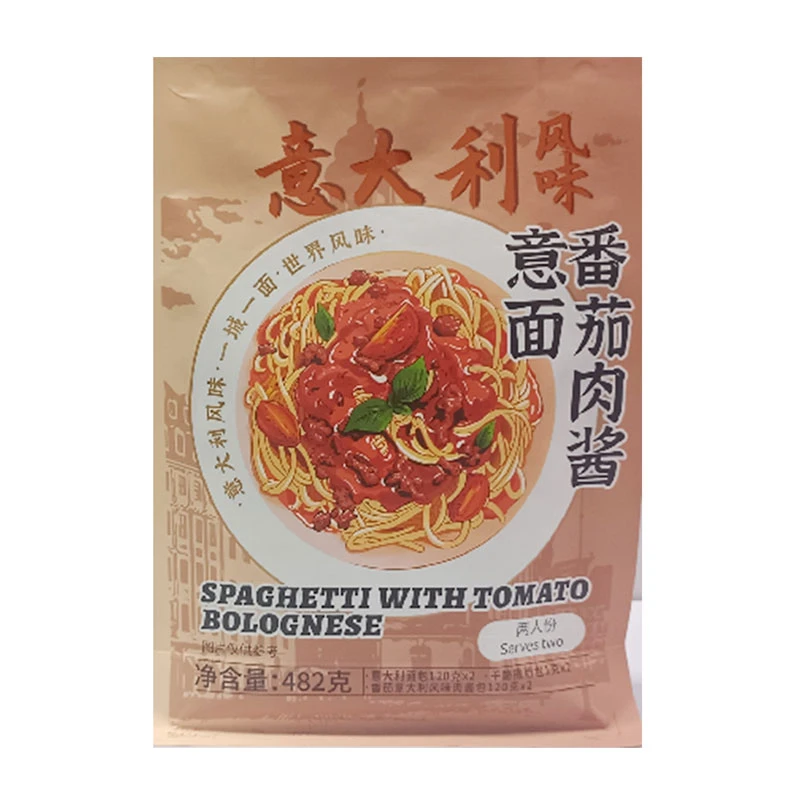can i use soba noodles for ramen
Can I Use Soba Noodles for Ramen?
When it comes to Japanese cuisine, ramen and soba are two beloved noodle types that have garnered a significant following worldwide. Each has its unique characteristics and traditional serving styles. But what happens when you decide to mix these two iconic noodles? Can you use soba noodles for ramen? Let’s delve into the details of each noodle, their properties, and the implications of such a substitution.
Understanding Soba Noodles
Soba noodles are thin buckwheat noodles that are integral to Japanese cuisine. They have a slightly nutty flavor and can be enjoyed hot or cold. Soba is rich in protein and nutrients, thanks to the buckwheat flour from which they are made. Traditionally, soba is served in a variety of ways – drenched in a savory dipping sauce, in warm broth, or even cold with a dipping sauce on the side, especially during the summer months.
Understanding Ramen Noodles
On the other hand, ramen noodles are made from wheat flour, water, salt, and a specific ingredient called kansui, which gives ramen its distinct chewy texture and yellow color. Ramen is typically served in a flavorful broth, which can be made from chicken, pork, seafood, or vegetables, and topped with a variety of ingredients such as sliced meats, soft-boiled eggs, green onions, and seaweed. Ramen is a hearty dish that focuses on the interplay between its savory broth and various toppings.
The Core Differences
The fundamental difference between the two types of noodles lies in their primary ingredients and texture. Soba’s buckwheat base gives it a different flavor profile, whereas ramen’s composition results in a chewy and slightly alkaline texture. As a result, they react differently when cooked. Cooking times also vary; usually, soba noodles cook faster than ramen.
can i use soba noodles for ramen

Can You Substitute Soba for Ramen?
While soba noodles can be used as a substitute for ramen in a pinch, it is essential to consider how this change affects the overall dish. Using soba for ramen means you’ll be introducing a distinct flavor that may not complement the traditional ramen soup. The delicate nuttiness of soba can alter the taste profile, which may or may not be desirable depending on the individual's palate.
If you're in a creative mood and want to experiment, you can certainly prepare a fusion dish using soba noodles in a ramen-style broth. The result will be an interesting blend that might surprise you. However, be prepared that it won’t be purely ramen, and purists might argue that it dilutes the essence of what ramen is meant to be.
Practical Tips for Cooking Soba as Ramen
If you decide to go ahead and use soba with a ramen-style broth, here are some practical tips 1. Broth Selection Choose a broth that can harmonize with the nutty flavor of soba. A lighter dashi or a miso-based broth could work well. 2. Cooking Time Keep an eye on the cooking time for soba noodles. They usually require only a few minutes of boiling, so you may want to undercook them slightly to maintain their texture when combined with the broth. 3. Toppings Opt for toppings that enhance rather than overpower the soba. Fresh vegetables, seafood, or a light protein such as tofu could complement the dish without overwhelming it.
Conclusion
In conclusion, while you can use soba noodles for ramen, doing so will yield a dish that strays from traditional ramen. Instead, think of it as a delightful fusion experiment. Embracing culinary creativity is always rewarding, and who knows? You might discover a new favorite dish along the way. So, feel free to improvise in the kitchen, but also remember the cultural roots and flavors that make each dish special. Happy cooking!
-
Unleash Your Inner Chef with Delectable Italian Pasta CreationsNewsAug.01,2025
-
Savor Health and Flavor: Irresistible Soba Noodles for Sale Await!NewsAug.01,2025
-
Nourish Your Body with Premium Organic Ramen - A Culinary Delight AwaitsNewsAug.01,2025
-
Elevate Your Dishes with Our Exquisite Kinds of Egg NoodlesNewsAug.01,2025
-
Dive into Flavorful Convenience with Our Ramen OfferingsNewsAug.01,2025
-
Discover Exquisite Types of Naengmyeon and Chilled Soba NoodlesNewsAug.01,2025
-
Is Whole Wheat Pasta Healthy?NewsMay.30,2025
Browse qua the following product new the we

















































































































